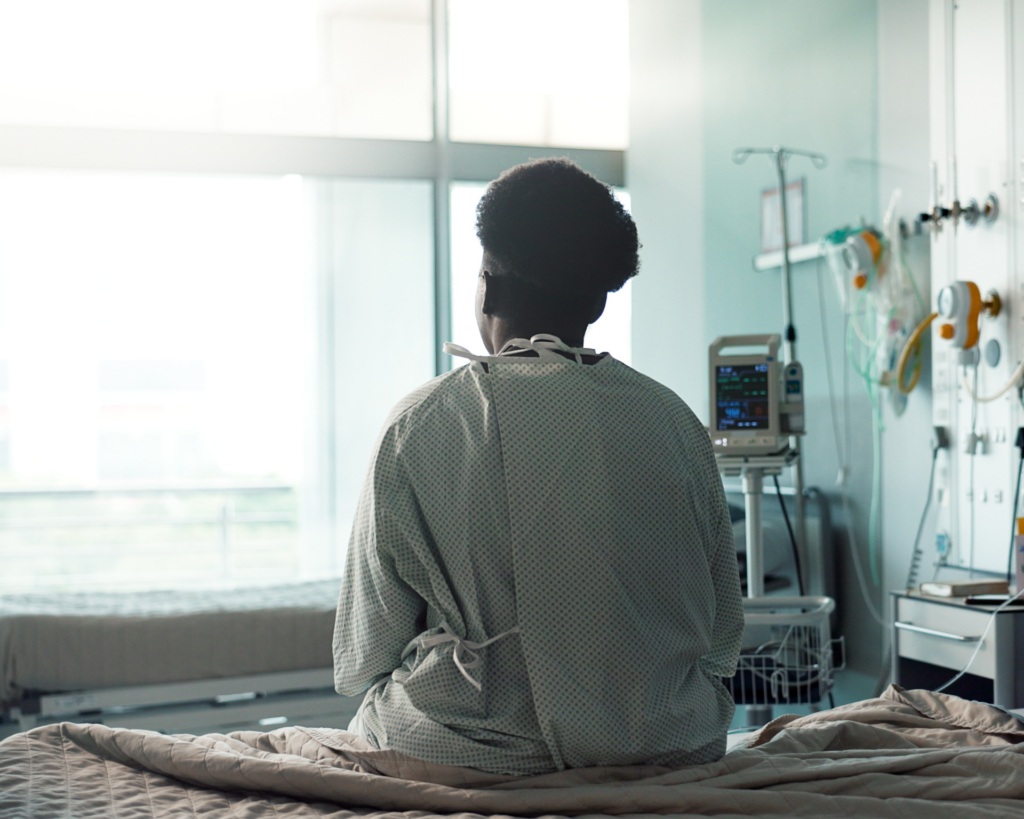Good Samaritans in the Opioid Epidemic
In the event of an opioid overdose, there is reluctance among some lay responders to call 911 despite their knowledge of Good Samaritan protections.

Read Time: 3 minutes
Published:
In an effort to address the unprecedented increase in opioid overdose within the United States, every state has passed laws improving the accessibility of naloxone (also widely known by the brand name Narcan®), the drug used to reverse an opioid overdose. While the content of these laws differs, they generally make naloxone legally available to both first responders (police, firefighters, and paramedics) and citizens or lay responders.
Lay responders are encouraged to call 911 after administering naloxone, as additional medical services to stabilize the overdose victim (including additional doses of naloxone) might be required. However, these citizens might be reluctant to call 911, as they may have been involved in some form of criminal activity or might be concerned about potential legal repercussions should the victim not survive or suffer lasting health consequences as a result of the overdose. To alleviate these concerns, policy makers have implemented Good Samaritan protections that shield lay responders from a number of legal repercussions that might prevent them from acting at an overdose scene. Even when these laws are in place, lay people might not be aware of them.
Past experience witnessing an overdose or knowing someone who died of an overdose was a motivating factor for obtaining naloxone, but there was reluctance among some lay responders to call 911 despite their knowledge of Good Samaritan protections.
As part of a Centers for Disease Control and Prevention-funded study, our team gathered information to assess lay responders’ past overdose experiences, knowledge of Good Samaritan protections, and willingness to call 911. Data were collected as part of a naloxone distribution program operating across 20 Indiana counties. Naloxone kits were distributed by local health departments. Upon receiving the kit, lay responders were asked to fill out and return a brief postcard survey. A total of 217 surveys were returned to us.
More than three-quarters of respondents reported knowing about Indiana’s Good Samaritan protections. Past experience witnessing an overdose or knowing someone who died of an overdose was a motivating factor for obtaining naloxone, but there was reluctance among some lay responders to call 911 despite their knowledge of Good Samaritan protections. The primary reluctance to call 911 was fear of police, which could indicate an overall lack of trust or past negative experience with law enforcement. It also illustrates how criminalization and stigmatization of substance use disorder can be a barrier to effective public health responses. Lay responders’ reluctance was further indicated by messages we found written in the margins of some postcards indicating respondents had heard of others being mistreated after calling 911 and believed police would watch their homes to find an opportunity to arrest them for some future event.
The limitations of naloxone access and Good Samaritan laws are a noted problem across the United States. Despite general public and professional support for these laws, studies continue to demonstrate 911 is frequently not called due to either a lack of awareness or continued fear of criminal liability. Efforts to improve implementation of these laws could be strengthened through more intensive public education and decriminalization of people living with substance use disorders, including efforts to improve interactions between police and people who use illicit opioids.
Photo by Denny Müller on Unsplash




